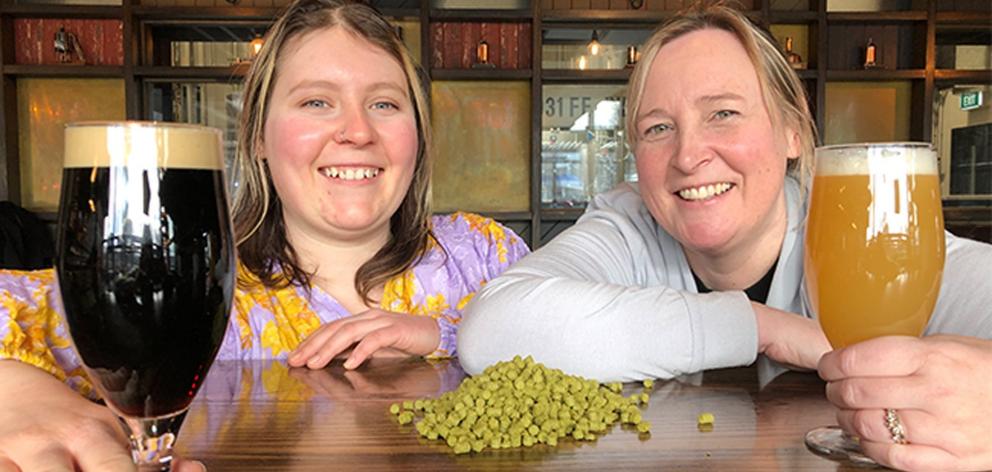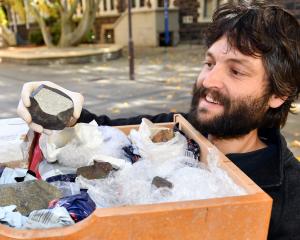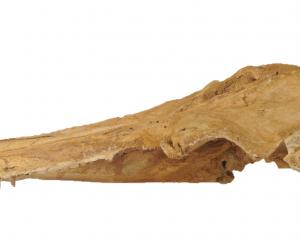
Now, University of Otago food science honours student Sian Menson is trying to find out if hops used to make one batch of beer can be upcycled to make another batch.
"I have a passion for food waste upcycling. I believe that you can always make something out of what appears to be nothing."
She said the research started as a summer project in collaboration with Emerson’s Brewery and the Food Waste Innovation Research Theme.
"The way Emerson’s brews its beer means that dry hopping of the beer is only required in the fermenter, and after that, not much can be done with the spent hops."
Papers suggested spent hops could be composted, but that was not viable given the quantities produced by Emerson’s, she said.
The spent hops were also too bitter for stock feed.
For that reason, the spent hops — which look a lot like finely cut tea leaves — were identified as a key waste stream her project could be centred on.
"It’s a mixture of some hop solids, beer and yeast cells. It comes out as a hazy mixture."
Rather than attempt to turn the spent hops into another product, she wondered if it was possible to reduce the amount of fresh hops going into brewing beer, in the boiling stage, by supplementing them with the spent hops.
She said there was still quite a bit of essential oils and alpha acids left in the spent hops, all of which contributed to the flavour of the beer.
A large part of the project was addressing the sensory elements of the beer, such as how bitter the flavour was.
"I just want to look at whether there is potential here, and could it be used as a commercial opportunity to reduce the amount of fresh hops going in the beer in the first place?"
She said she was only halfway through the project at the moment and she could not share any concrete findings yet, but things were looking promising.











